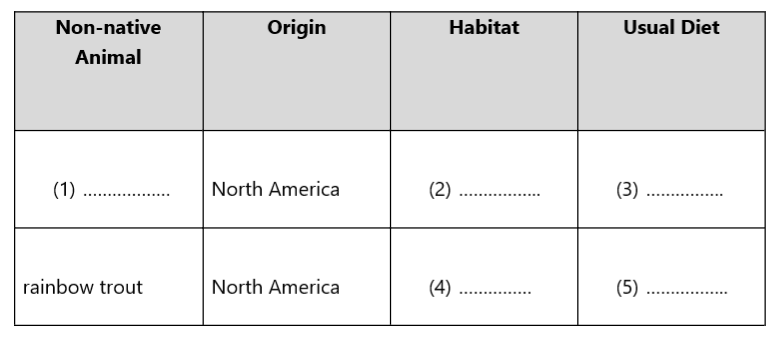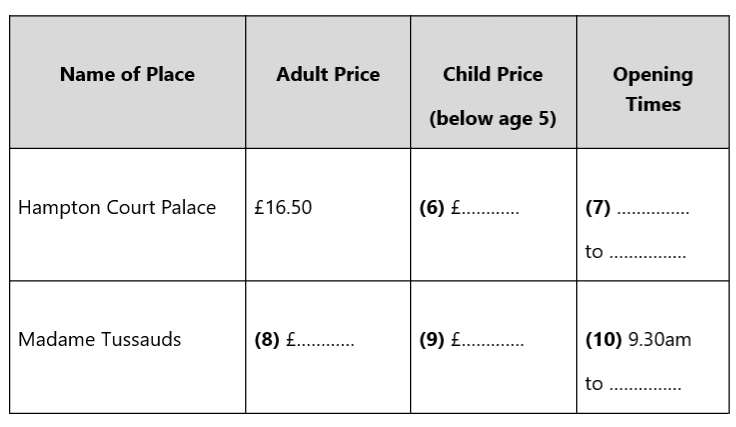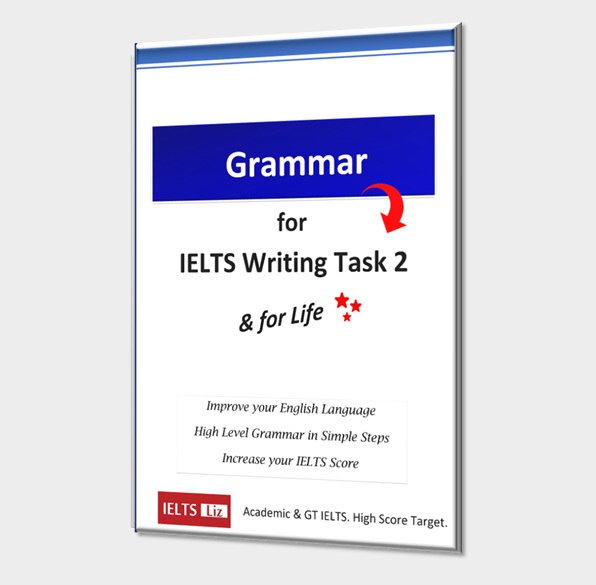IELTS Listening Summary Completion Exercise
Summary completion listening questions are similar to sentence completion questions. The difference is that the summary is in a paragraph form rather than disconnected, individual sentences. The difficulty level of this exercise is typical of IELTS Listening Section 4.
First read through the summary and predict the types of answers you need for each gap. You will always have time to review the questions before the recording starts. However, the time is brief so you will need good speed reading skills.
Listening Summary Completion for IELTS
The Terracotta Army
Questions 1-5: Complete the summary using no more than three words and /or a number.
The terracotta army was made in order to 1. …………………… the emperor after this death in his afterlife. This funerary art has been estimated to be from the 2. ………………. and was discovered in 1974 by the 3. …………………… The majority of the sculptures were 4………….. and 5. ………….. sculptures of cavalry horses were also found.
Recording
.
Transcript, Answers and Vocabulary
Click below to show the transcript and answers:
TranscriptThe figures, dating from approximately the late third century BC, were discovered in 1974 by local farmers in, Xi’an. The figures vary in height according to their roles, with the tallest being the generals. The figures include warriors, chariots and horses. Estimates from 2007 were that the three pits containing the Terracotta Army held more than 8,000 soldiers, 130 chariots with 520 horses and 150 cavalry horses, the majority of which remained buried in the pits nearby. Other terracotta non-military figures were found in other pits, including officials, acrobats, strongmen and musicians. (from wiki)
- protect
- third century BC / 3rd century BC
- local farmers
- soldiers
- 150
- sculpture = three-dimensional work of art (for example a statue)
- to depict =show, illustrate, represent
- funerary art = art which for funerals, when someone dies
- purpose = aim / function
- afterlife = some cultures (past and present) believe in life after death
- figures = a person’s bodily shape, a copy of a person, such as a statue
- vary = differ
- warrior = soldier
- chariot = a horse-drawn vehicle (particularly common in later periods of Ancient Egypt and also Ancient Rome)
- majority = greater part
- a pit = a hole in the ground
- acrobat = an entertain who is excellent in gymnastic, daring achievements
Recommended for IELTS Listening
Click here: ALL IELTS LISTENING FREE LESSONS & TIPS
…………………………..
FREE SUBSCRIBE: Get New Lessons & Tips by Email








